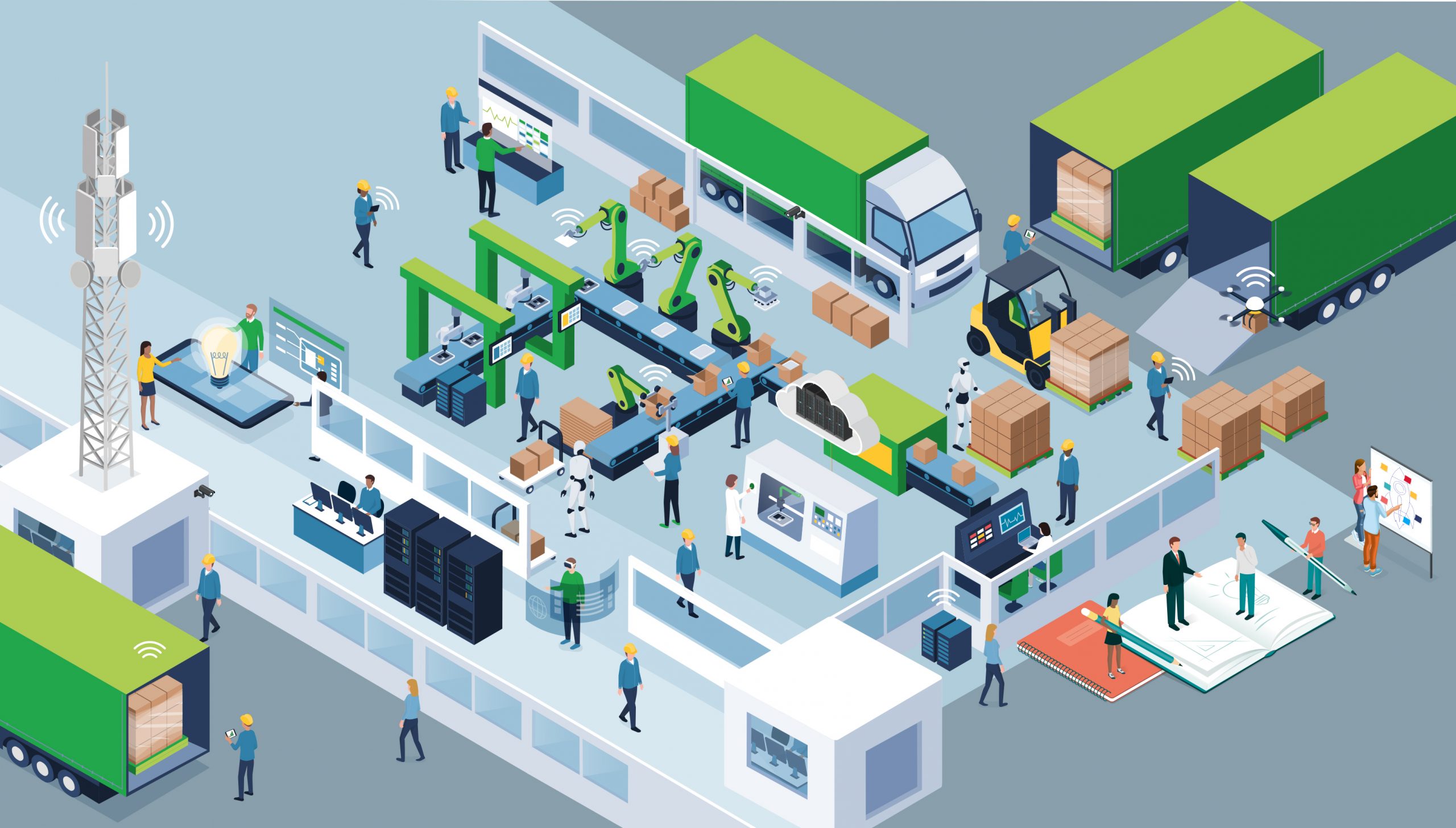From the first industrial revolution when water and steam powered mechanised production, through electricity being harnessed for mass production and computer technologies enabling the automation of production processes, emerging technologies have driven economic change around the world for hun-dreds of years.
Key to all of these changes has been the ability to apply new knowledge and expertise to improve de-cision making, open up new capabilities and drive efficiency.
A culture of continuous improvement has been embedded in the manufacturing industry since the likes of Toyota leveraged Kaizen, Six Sigma and Lean principles to revolutionise automotive manu-facturing and today, the fourth industrial revolution (Industry 4.0) is already underway.
So what is Industry 4.0 and what does it mean for advanced manufacturers?
The fourth industrial revolution is a digital revolution: a revolution that allows manufacturers to lever-age the power of increasing connectivity to record and process ever greater amounts of data – from within their own factories and further afield – informing decision making, improving productivity, ef-ficiency and even environmental performance. It means moving from an industry where decisions are often based on limited data to one where manufacturers can use data-led insights to inform their deci-sions, often in real time, allowing them to maximise efficiencies and work smarter.
In short, it means smart, connected manufacturing.
Enabling the art of the possible
This revolution is being powered by a range of communications technologies – from wifi 6 to edge computing, narrowband IOT, 5G MBIOT and ITM – but the real game changer is the development of 5G networks.
These networks offer far higher bandwidth than their predecessors, allowing many more devices to be connected and with lower latency than has previously been possible, sometimes as low as less than 10 milliseconds. Effectively, the power and capacity of 5G allows manufacturers to explore the art of the possible: From machine condition monitoring to managing fleets of autonomous vehicles, Augmented Reality (AR)-powered training and maintenance services to 360 degree video quality analysis of components, the potential use cases are almost limitless.
What’s more, private 5G indoor and outdoor networks can be developed using existing hardware and servers on a company-by-company or site-by-site basis. Secure networks can also be developed with partner organisations, allowing for greater collaboration, or accessed via ‘secure network slicing’ of public networks.
So how can manufacturers – from supply chain businesses to OEMs – explore the potential offered by 5G?
The answer lies in Testbed as a Service (TaaS) facilities, such as those offered by nexGworx. These allow companies of all sizes to test and prove their ideas securely, honing their ideas and proving the case for investment without substantial financial risks.
Services include:
- Professional Services
- 5G Laboratory Service
- Indoor 5G Private Network Testbed Service
- Outdoor 5G Private Network Testbed Service
Crucially, by beginning your industry 4.0 journey working with a TaaS provider, manufacturers also have access to a wealth of knowledge, experience and networks built up as part of the Government’s 5G testbed programme, providing access not only to the secure 5G hardware and infrastructure re-quired to test use cases but also the professional expertise that can help identify potential use cases, inform service design, aid project delivery and identify funding options.
With a recent test case delivering productivity improvements of 2% GVA – the equivalent of £2.6bn if replicated across the UK – manufacturers have everything to gain and nothing to lose by exploring 5G’s potential.
Get in touch to find out more and start your own Industry 4.0 journey.


